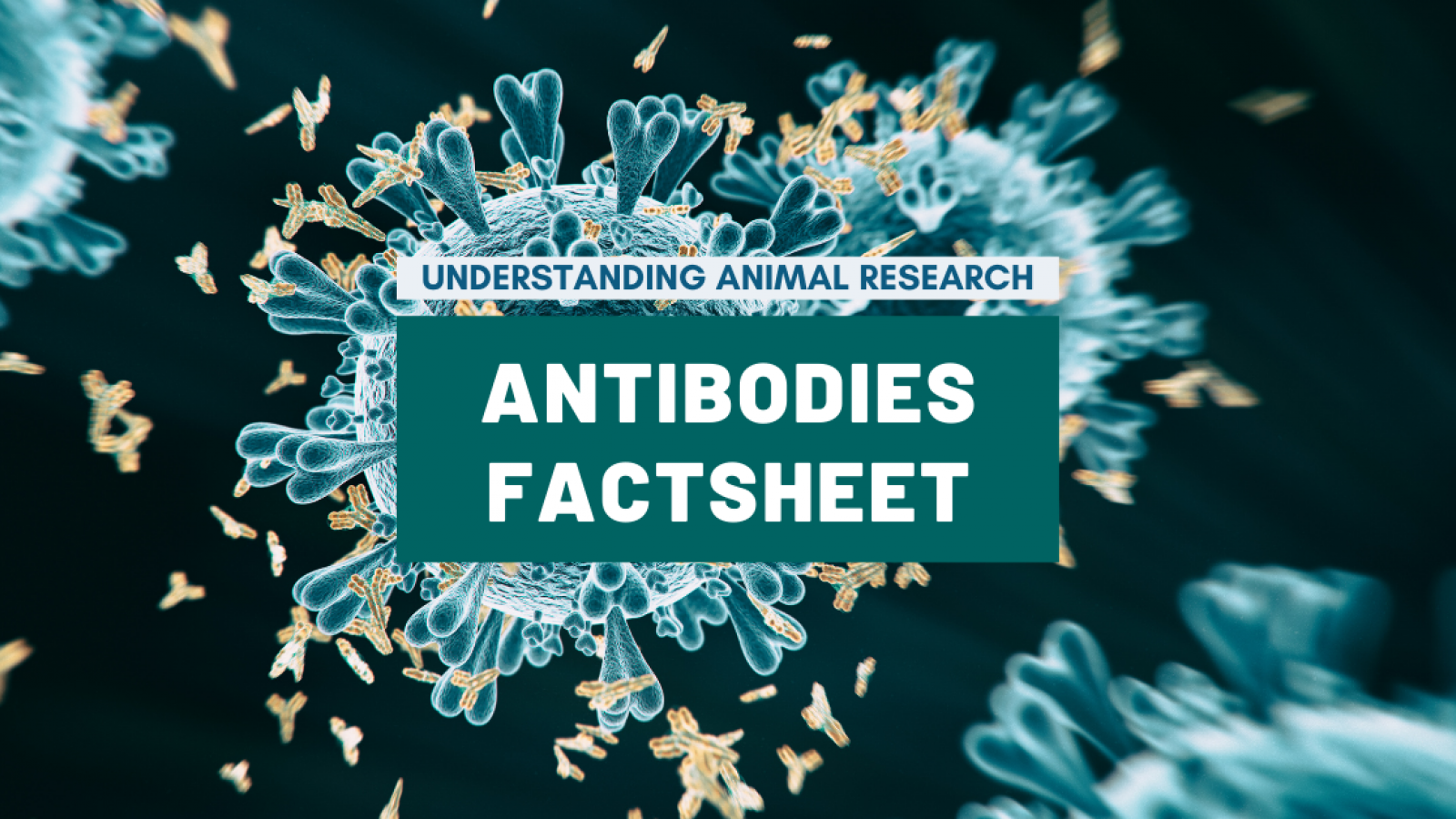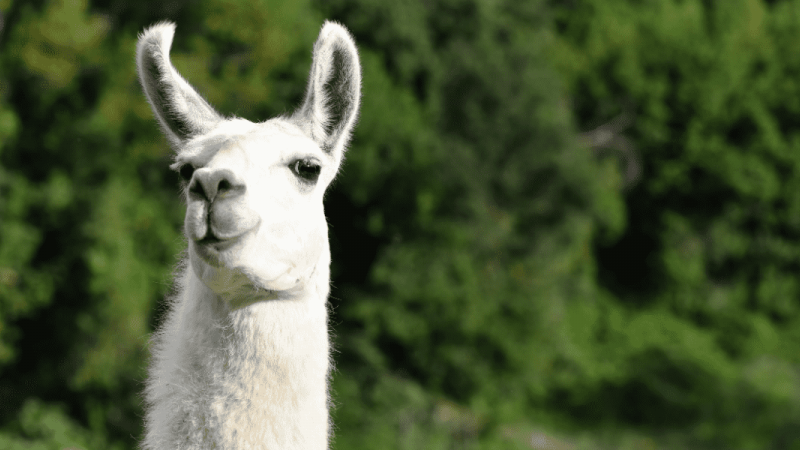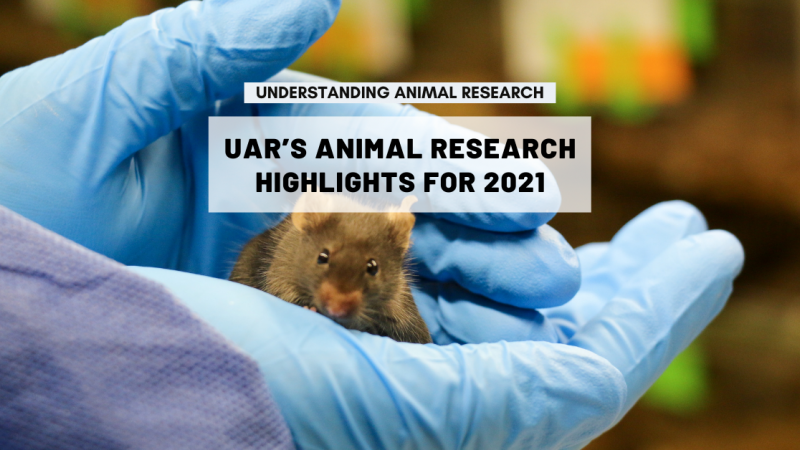Antibodies are part of our immune systems and also the immune systems of a wide variety of animals like mammals and fish. They are produced in response to foreign invaders into the body like viruses and bacteria. They work by locking on to the foreign body, either to stop it working properly or to ‘tag’ it for destruction by other parts of the immune system.
This ability to attach themselves to other molecules makes antibodies very useful for medical research. They can be used to diagnose disease, create medicines and do scientific research. Traditionally, antibodies for use in research and medicine have been created using animals. For many years it’s also been possible to create artificial antibodies but, depending on what you are trying to achieve, they don’t always work as well as a natural antibody.
UAR has consulted widely with specialists who are using both sorts of antibody for a range of applications including human and veterinary medicine. We then created a factsheet which sets out where each method – animal-derived and non-animal-derived – is currently more useful.
The factsheet can also inform the conversation over where further work is needed to improve non-animal antibodies. It will be updated as technologies improve but is accurate as of late 2021.
It can be found as pdf at the following URL: https://uaroceania.org/download_file/1796/0
Last edited: 28 October 2022 15:04




